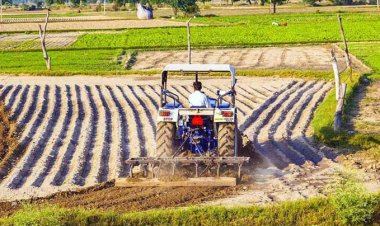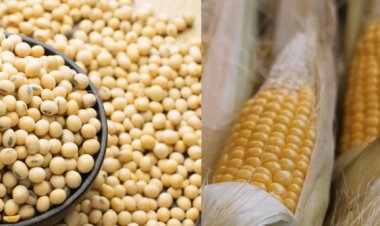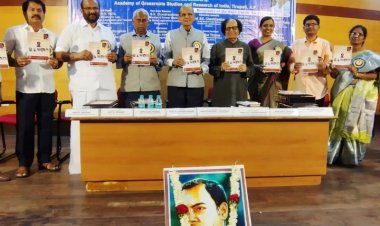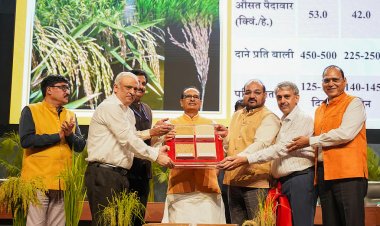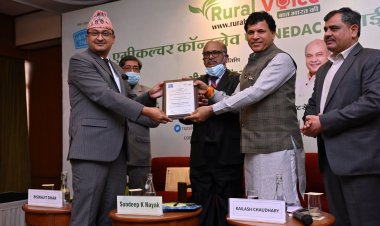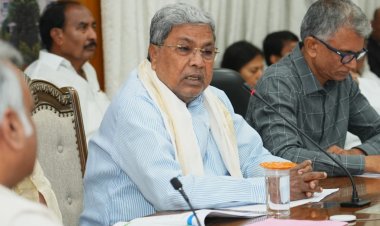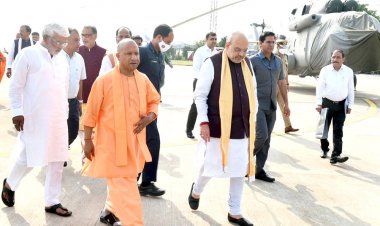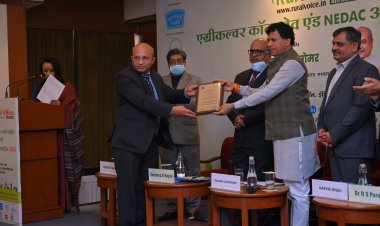Swasthya and Samridhi through Natural Farming
Slowly but surely more and more farmers are taking to natural farming. Farmers are teaching each other the benefits of natural farming and marketing, and helping the bandwagon grow. And those who can’t join are supporting those who have by buying their produce. It’s so heartening. I’m reminded of the famous Bollywood song of yesteryear’s “Jot Se Jot Jalate Chalo”. This is bound to gather momentum. Setting up of small-scale agro-based industries will be a great stimulant
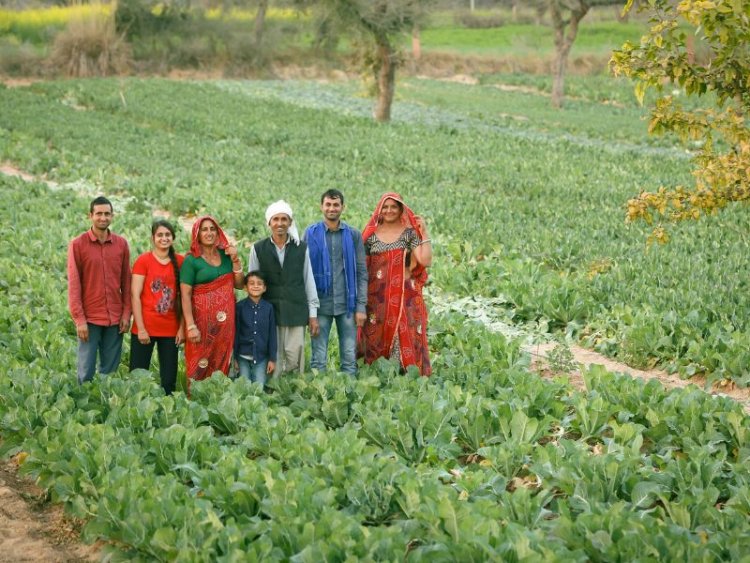
We’ve all grown up hearing that India lives in its villages. Now that I have travelled to over 500 villages - and I feel fortunate that I have, I can say with full confidence that not only does India live in its villages, it’s future also lies there. Sample this. Our country has some 6 lakh villages, more than any country has. And it has as much as 65% of its citizens living there, more than any large economy in the world. China has 38%, Germany 22% and the UK 16%. Japan has 8% and the USA 13%.
Our 6 lakh villages are goldmine of potential and promise. If harnessed well it can provide remedy to most if not all of our problems, including food security and rural migration. We at Bajaj Foundation woke up to the potential of our villages long before Covid hit us and lay bare the vulnerability of our economic model where everyone was fleeing villages for better life and livelihood in cities. Today we have hundreds of villages across Maharashtra, and Rajasthan that produce sufficient safe and nutritious food for its populace, and also offer a life our cities don’t.
Wardha is one good example. A water scarce region once, infamous for farmer suicides, now boasts of lakhpati farmers. These farmers - some 21,000 of them - have taken to natural farming and are growing on their farms naturally- sans pesticides, chemicals - all the cereals, vegetable and fruits that they need for their consumption, and selling the surplus in the local market. Quite a few of these farmers are reverse migrants. They don’t want to return to cities. They’re happy like they’ve never been before. We focused on farming communities battered for years by depleting soil fertility due to excessive use of chemicals and lack of irrigation and so on. We got them to embrace natural farming and helped them with water resource management where required.
I was initiated into natural farming in 2010 when I met Padmashri Shri Subhash Palekar ji, the proponent of Subhash Palekar Krishi. And I have remained his fan ever since. Natural farming technique draws inspiration from ancient farming techniques and has at the heart cow-dung and cow urine. It is self-sustaining, home-grown, low cost and eco-friendly. With one indigenous cow, beneficiary farmers in our villages are farming upto 30 acre of land. They’ve also been able to substantially reduce input cost and improve soil fertility, taste and shelf-life of their produce.
Add to it the fact that they are getting right price for their produce thanks to the Farmer Producer Organizations (FPO). FPOs as you know enable farmers to access market directly (minus the middlemen). They are reaping other benefits of FPOs too. FPOs are integral to our model. It’s so heartening to see more and more FPOs being sent up. Plans are afoot to make buyers in towns and cities afar purchase from the FPOs - Gaon Ka Paisa Gaon Mein aur Saher Ka Paisa Bhi Gaon Mein.
Slowly but surely more and more farmers are taking to natural farming. Farmers are teaching each other the benefits of natural farming and marketing, and helping the bandwagon grow. And those who can’t join are supporting those who have by buying their produce. It’s so heartening. I’m reminded of the famous Bollywood song of yesteryear’s “Jot Se Jot Jalate Chalo”. This is bound to gather momentum. Setting up of small-scale agro-based industries will be a great stimulant.
Atma Nirbhar Gaon isn’t just a slogan for us at Bajaj Foundation. It’s a mission. A mission of turning villages into self-sustaining robust economic units through carefully-chosen interventions at the individual, household and community levels. We’ve now taken our model to parts of Uttar Pradesh and intend to soon take it to other parts of the country as well. It’s so gratifying to see Prime Minister Narendra Modi's vision of Atma Nirbhar Gaon turning into reality. I’m excited!
( Apoorv Nayan Bajaj is Trustee, Bajaj Foundation. Mr. Bajaj has been passionately working towards various ruralinterventions that help in making the village economies self-reliant i.e.,Creating 'AatmaNirbhar Gaon'. He travels extensively in the program area in Rajasthan, Maharashtra, and Uttar Pradesh to help and guide the programs of the Foundation)



 Join the RuralVoice whatsapp group
Join the RuralVoice whatsapp group

















